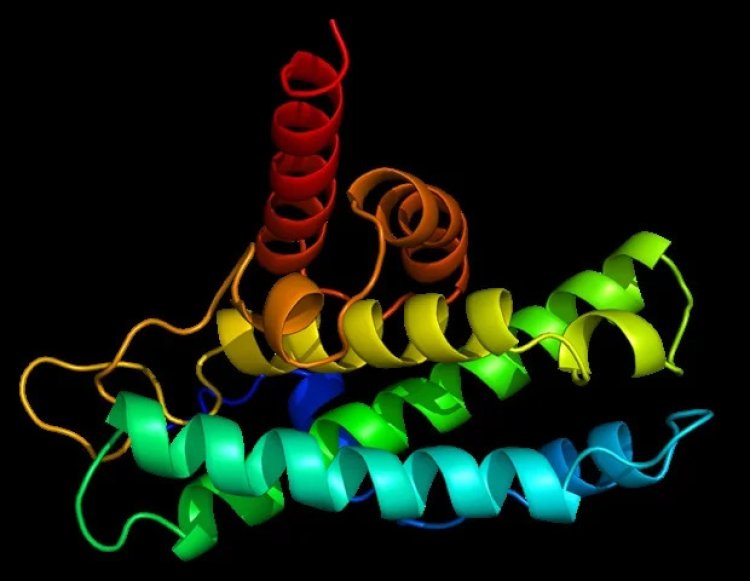Study discover hidden ribonucleic acids repair mechanism in human

Berlin, Germany: Single-stranded molecules called ribonucleic acids (RNAs) are crucial components of every living thing's cells. As "transcripts" of our genes, mRNAs, for instance, play a role in the translation of genetic information by carrying the instructions for the production of a protein in their own sequence. Andreas Marx, a professor of organic and cellular chemistry at the University of Konstanz, notes that in order for RNAs to carry out their variety of tasks in the cell, they frequently need to be chemically modified once they are created or repaired after damage.
The three-step joining (ligation) of two RNA strands at their respective opposing ends is one chemical reaction that takes place in this process. All living things, including viruses, fungi, and plants, include specialised enzymes called RNA ligases that cause this process. Such RNA ligases in vertebrates, including humans, had not previously been discovered. The protein C12orf29, which belongs to a multidisciplinary research group from Konstanz, has now been identified as the first human RNA ligase of this kind. The study's findings, which were reported in Nature Communications, point to an enzyme protective role against cellular stress at the cellular level.
"We noticed C12orf29 during extensive studies of human lung carcinoma and kidney cells that we performed in search of proteins with a specific chemical signature and for which we used new chemical tools. It caught our attention because until then it was not understood what the protein's functions were," Marx said. The researchers therefore developed and used various protocols to purify and predict the structure of the unexplored protein and performed experiments to track down its chemical function. They were thus able to prove what was initially only a reasonable suspicion: C12orf29 links RNA strands using adenosine triphosphate (ATP).
The researchers were able to show in detail that this process follows a characteristic, three-step reaction pattern known from other RNA ligases of other life forms. To learn more about the function of C12orf29 at the cellular level, the researchers went one step further after elucidating the chemical mechanism. "We used the CRISPR/Cas gene scissors to generate a line of human kidney cells in which the gene encoding C12orf29 was knocked out. We were then able to compare these knockout (KO) cells with 'normal' kidney cells under varying experimental conditions," Marx explained.
In particular, when treating the cells with menadione, a K vitamin, clear differences were observed between KO cells and the wild-type cells with functional RNA ligase: Comparatively low concentrations of menadione were sufficient to damage KO cells. In contrast, the wild-type cells were only damaged at significantly higher concentrations. Since menadione is known to cause oxidative stress, the researchers concluded from this result that C12orf29 protects against oxidative cellular stress. "We assume that a previously hidden human RNA repair mechanism underlies this biological function of C12orf29. We now need to examine this mechanism in further studies," Marx said.















































